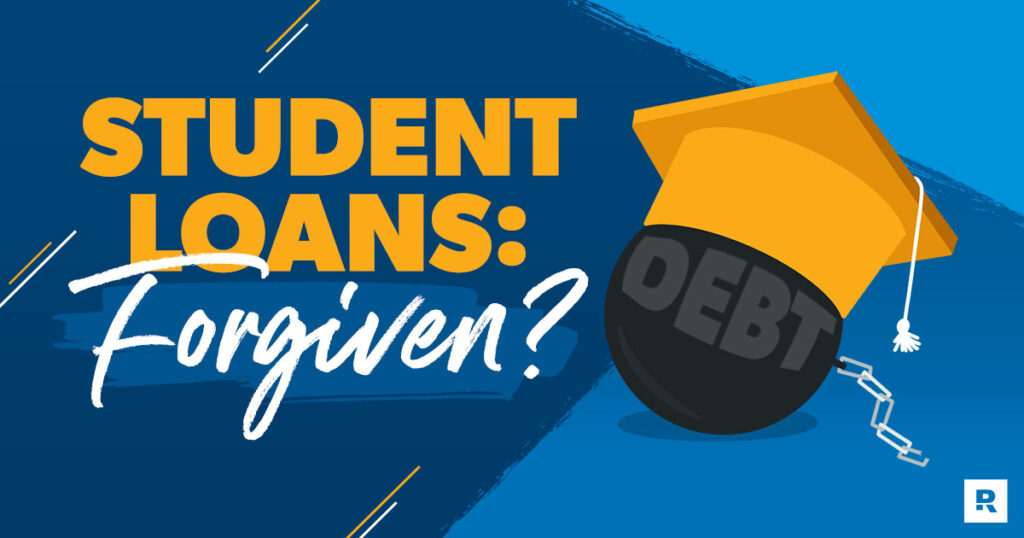Introduction
The Public Service Loan Forgiveness program is a United States government program that was created under the College Cost Reduction and Access Act of 2007 to provide indebted professionals a way out of their federal student loan debt burden by working full-time in public service.
How does student loan forgiveness work?
If you qualify for student loan forgiveness cancellation or discharge of the full amount of your loan, you are no longer obligated to make the student loan payments. If you qualify for forgiveness, cancellation, or discharge of only a portion of your loan, you are responsible for repaying the remaining balance.
Who is now eligible for student loan forgiveness?
Public service loan forgiveness is available to federal student loan borrowers who work full-time (at least 30 hours a week) for a qualified public service or non-profit employer. If Biden follows a U.S. Department of Education proposal, all federal student loan borrowers will qualify for broad student loan forgiveness. Eligible borrowers would include those with federal Direct Loans, FFELP Loans, Perkins Loans, Parent PLUS Loans, and Grad PLUS Loans. Borrowers with lower credit scores would benefit most from forgiveness. As a group, student loan borrowers tend to have lower credit scores than the population at large. According to the Fed’s study, about 34% of all credit scores are greater than 760, which it considers super prime.
How to get student loans forgiven for free?
Public Service Loan Forgiveness is available to government and qualifying nonprofit employees with federal student loans. Eligible borrowers can have their remaining loan balance forgiven tax-free after making 120 qualifying loan payments.
What are some of the benefits of student loan forgiveness?
Student loan cancellation would not only provide substantial relief to millions of borrowers but would also help narrow the racial wealth gap and advance racial equity, according to a new analysis led by a University of California Merced professor.
What are the pro and cons of forgiving student loans?
The pros and cons of student loan forgiveness
- Con: Forgiving debt isn’t fair to people who’ve already made their payments.
- Pro: Debt forgiveness is the empathetic solution.
- Con: Inflation is already bad — and student loan forgiveness will only make it worse.
What is the income limit for student loan forgiveness?
Not everyone will qualify for student loan forgiveness. For example, the Biden administration could implement an income threshold limiting higher-income earners from qualifying. The Biden administration has floated income thresholds of $150,000 or $125,000 for each individual.
Do you have to pay a fee for student loan forgiveness?
If you are pursuing student loan forgiveness, you should know that there aren’t fees to apply for student loan forgiveness. However, you may owe taxes on the forgiven amount, depending on the type of forgiveness you’re eligible to receive.
Are student loans still on hold?
Payments for federal student loans have been paused continuously since early 2020, giving borrowers temporary relief from their student loan balances. “The payment pause will likely be extended again, probably until Jan. 31, 2023,” says Robert Farrington, CEO of The College Investor.
